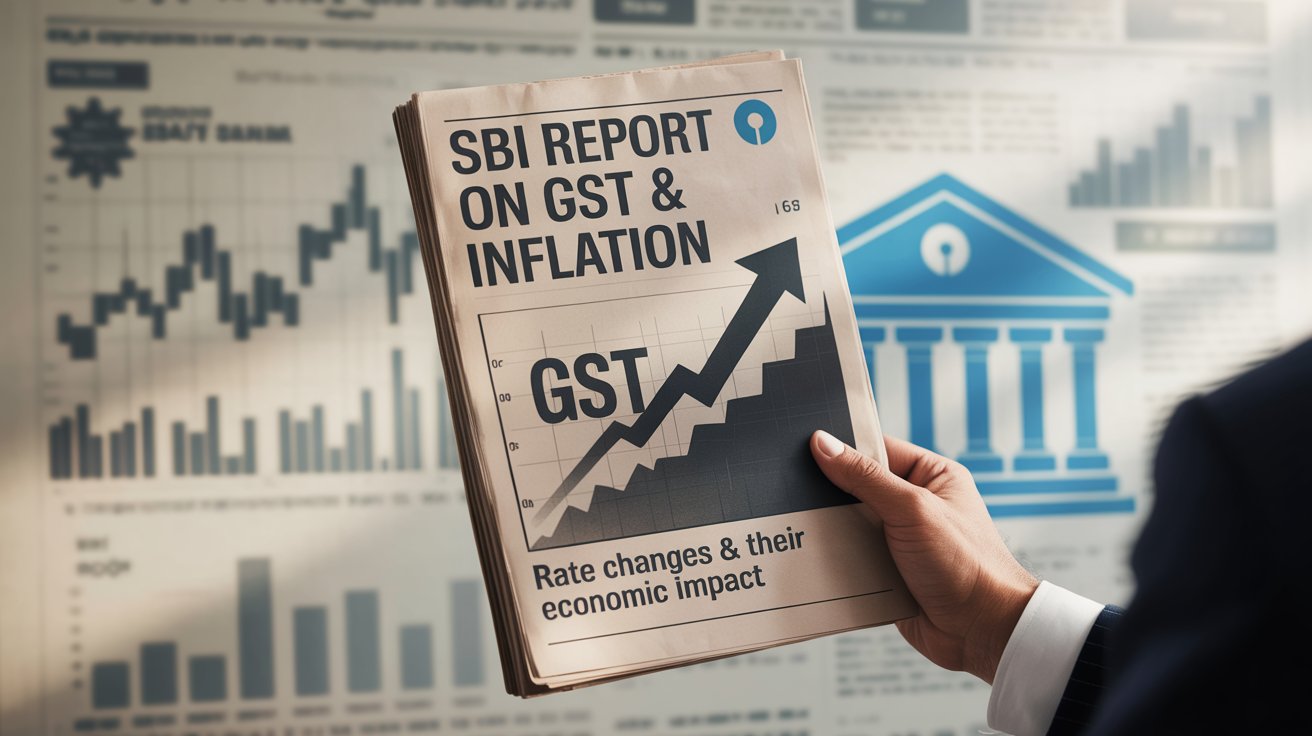According to an SBI Research report, the GST Council’s 56th meeting on Wednesday approved a new two-slab tax rate structure of 5% and 18%, replacing the existing four-tiered framework. The announcement of GST 2.0 comes amid ongoing trade tariff tensions with the United States. It is anticipated that these widespread changes to GST rates will reduce tax on essential domestic goods and services. As a result, this move could help curb retail inflation by 0.65% to 0.75% in the next fiscal year.
Significant Shifts in Tax Structure
The new tax rates are set to be effective from September 22, with the exception of tobacco and related products. A special rate of 40% has also been fixed for certain luxury and demerit goods and services. The SBI report further states that of the 453 items whose GST rates were changed, 413 saw a reduction, while only 40 experienced an increase. This major restructuring means that around 295 goods are now subject to a GST rate of 5% or 0, a significant drop from the previous 12%.
Inflation Reduction and Consumer Benefits
Since the GST rate on essential items (approximately 295 goods) has been reduced from 12% to 5% or even 0%, the consumer price index-based inflation in this category could also decrease by 0.25% to 0.30% in fiscal year 2025-26. This projection assumes that 60% of the benefit from these lower rates is passed on to consumers.
Furthermore, if the SBI Research report is to be believed, the rationalization of GST rates on services will lead to an additional reduction of 0.40% to 0.45% in retail inflation on other goods and services. It is estimated that 50% of this benefit will also be passed on to the customers.
A Major Step Towards a Simplified Tax System
Overall, the report projects a total reduction in retail inflation of 0.65% to 0.75% during fiscal year 2026-27. The GST Council’s efforts to rationalize rates have already led to a decline in the effective weighted average GST rate from an initial 14.4% to 11.6% in September 2019. According to the latest report, the current changes in rates could further bring down the effective weighted average GST rate to a new low of 9.5%. This is a monumental step towards a more simplified and consumer-friendly tax regime in India, which could also positively influence the country’s economic growth.
